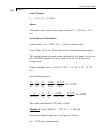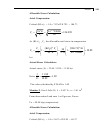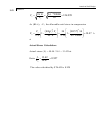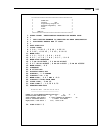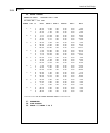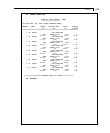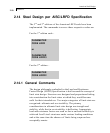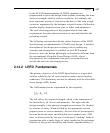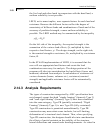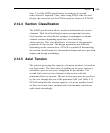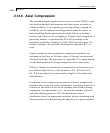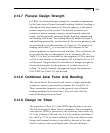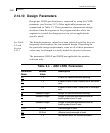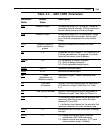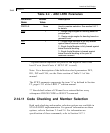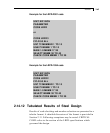
American Steel Design
Section 2
2-58
the live load and other loads in comparison with the dead load, a
uniform reliability is not possible.
LRFD, as its name implies, uses separate factors for each load and
resistance. Because the different factors reflect the degree of
uncertainty of different loads and combinations of loads and of the
accuracy of predicted strength, a more uniform reliability is
possible. The LRFD method may be summarized by the inequality
yQ R
ii n
<
∅
On the left side of the inequality, the required strength is the
summation of the various load effects, Q
i
, multiplied by their
respective load factors, y
i
. The design strength, on the right side,
is the nominal strength or resistance, R
n
, multiplied by a resistance
factor, Ø.
In the STAAD implementation of LRFD, it is assumed that the
user will use appropriate load factors and create the load
combinations necessary for analysis. The design portion of the
program will take into consideration the load effects (forces and
moments) obtained from analysis. In calculation of resistances of
various elements (beams, columns etc.), resistance (nominal
strength) and applicable resistance factor will be automatically
considered.
2.14.3 Analysis Requirements
The types of construction recognized by AISC specification have
not changed, except that both "simple framing" (formerly Type 2)
and "semi-rigid framing" (formerly Type 3) have been combined
into the same category, Type PR (partially restrained). "Rigid
Framing" (formerly Type 1) is now Type FR (fully restrained).
Type FR construction is permitted unconditionally. Type PR
construction may necessitate some inelastic, but self-limiting,
deformation of a structural steel element. Thus, when specifying
Type PR construction, the designer should take into consideration
the effects of partial restraint on the stability of the structure,
lateral deflections and second order bending moments. As stated in



